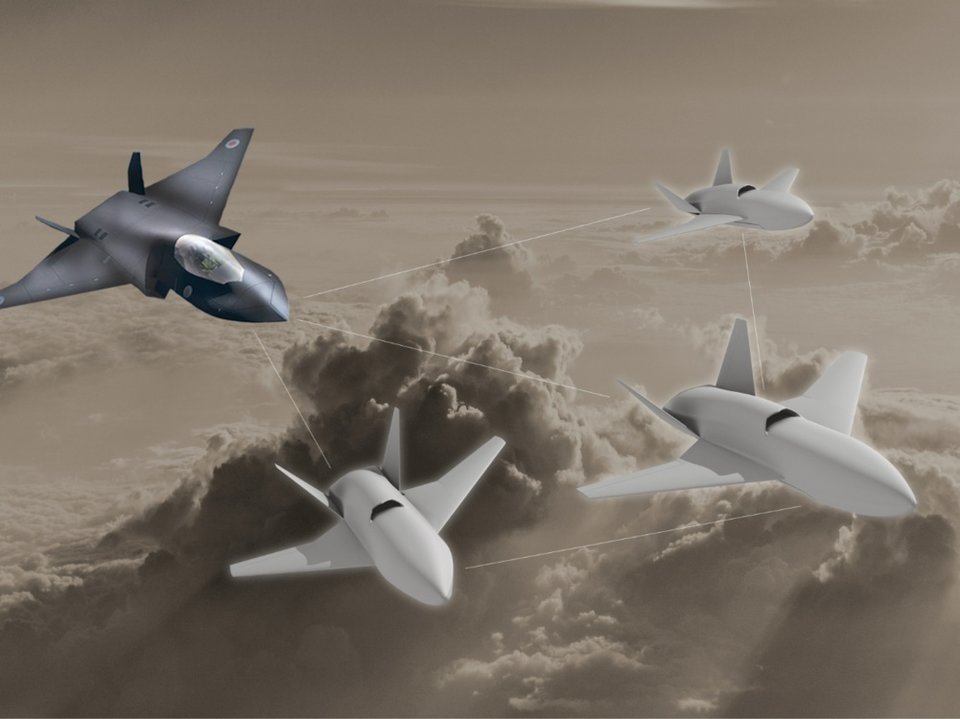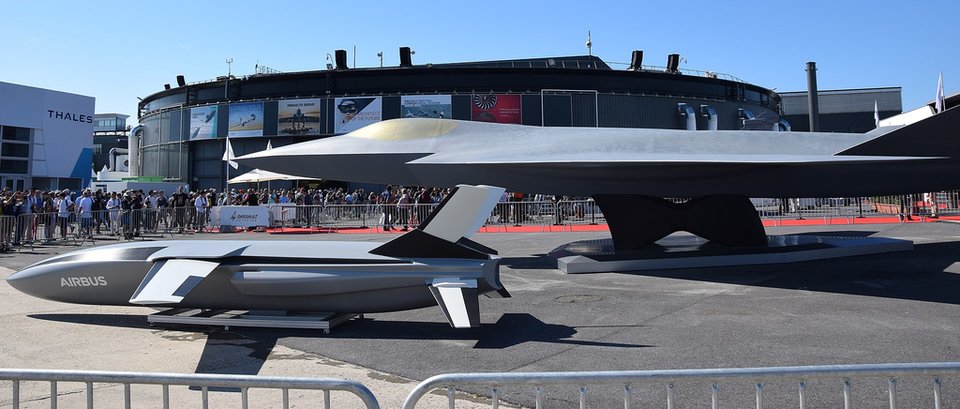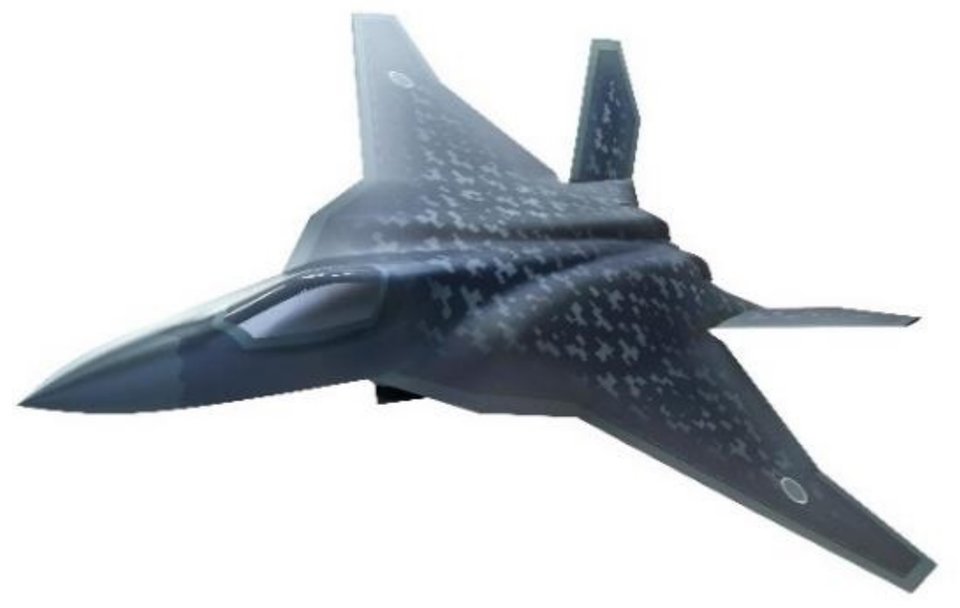air
Four future fighters to watch
A number of defence departments around the world are busy developing the next generation of fighter jets. Harry Lye checks out four of the biggest projects to watch.
A number of defence departments around the world are busy developing the next generation of fighter jets. Harry Lye checks out four of the biggest projects to watch.
Team Tempest
Led by the UK, with the help of Italy and Sweden, the Tempest programme aims to start replacing the Eurofighter Typhoon from 2035 onwards. BAE Systems, Rolls-Royce, Leonardo and MBDA are leading the charge on development alongside a host of other aerospace and defence companies and academia.
The aircraft is set to form part of a broader combat air system that will likely include ‘wingman’ uncrewed aerial systems (UAS).

// Image: The tempest aircraft is part of a combat air system that will include wingman drones. Credit: MOD
Team Tempest recently revealed some insights into the programme. Leonardo, the Tempest’s electronics lead, is developing a new radar system for the aircraft capable of providing over 10,000 times more data than existing systems. The multi-function radio frequency system is slated as being able to collect data equivalent to the internet traffic of a large city such as Edinburgh every second.
On top of this, BAE Systems has begun flight-testing components for the aircraft’s ‘wearable cockpit’ technology. The system will see physical controls replaced with augmented and virtual reality displays projected directly inside the visor of a helmet.
On the propulsion front, Rolls-Royce is developing advanced combustion system technology to meet the future air system’s power and efficiency needs. Rolls-Royce is also working on composite materials and additive manufacturing techniques which are set to allow for the use of lighter, denser components that can withstand higher temperatures than current components.
Future Combat Air System
A collaboration between France, Germany and Spain led by Dassault Aviation, Airbus and Indra Sistemas is set to replace Rafales, Typhoons and F-18 Hornets for the three countries, respectively.
The Future Combat Air System (FCAS) comprises a fighter jet and uncrewed aerial vehicles (UAVs) that will fly alongside it. The programme initially was a joint venture between France and Germany, with Spain joining last year.

// Image: A mock-up of the FCAS next-generation fighter and a remote carrier on display at the 2019 Paris Air Show.
FCAS’ technology development and maturation phase began in February and a further contract for a demonstrator phase is under negotiation.
The next-generation fighter is set to feature passive and active stealth technology, with Airbus saying the aircraft would be ‘more sophisticated and connected’ than any comparable aircraft. The three companies are also looking at how directed energy weapons such as lasers and microwave systems can be deployed on the aircraft.
At the core of FCAS is the teaming between a piloted aircraft and UAVs. Alongside the fighter jet, the consortium is developing what it calls remote carriers to act as force multipliers.
The remote carriers will be a family of UAVs, including 200kg disposable systems, two-ton recoverable systems and more traditional UAVs in the form of ‘loyal wingman’ platforms. These force-multiplying UAVs are being designed to fill a full suite of capabilities from target acquisition and electronic warfare to suppression of enemy air defences and striking adversarial targets.
Next-Generation Air Dominance
The US Air Force’s (USAF) head of acquisition Dr Will Roper made headlines in September when he announced that the USAF had already built and flown a full-scale prototype of a future fighter jet.
In an interview ahead of a speech at the Association of the Air Force’s Air, Space and Cyber Conference, Roper told Defense News: “We’ve already built and flown a full-scale flight demonstrator in the real world, and we broke records in doing it. We are ready to go and build the next-generation aircraft in a way that has never happened before.”
Roper declined to give any concrete details about the jet, which is being built as part of the Next-Generation Air Dominance (NGAD) programme, but said that it would use digital design principles to speed up the development process.
According to a Congressional Research Service document, the Department of Defense had shown interest in developing a new ‘X-Plane’ since 2014; however, it is unclear whether this is linked to the NGAD demonstrator described by Roper. The USAF is exploring a number of technology paths for NGAD, including propulsion technology.
Between 2019 and 2025, the USAF has set aside $9bn for the development of NGAD, with $1bn earmarked to be spent on the programme in 2021.
Like Tempest and FCAS, NGAD is expected to be not just a single fighter, but likely to take the form of a new jet and accompanying UAVs.
Another important aspect of NGAD, according to the Congressional Research Service, is that the USAF is also looking at changing the acquisition process, exploring how design, production and sustainment could be separated. Under these plans, NGAD could be designed by one company, then built by a specialist manufacturer and sustained in the field by another.
Japan’s F-X
Expected to enter service from the mid-2030s, Japan’s F-X fighter is set to replace the country’s fleet of ageing F-2 jets based on the F-16. In October 2020, Japan announced that Mitsubishi Heavy Industries had been selected to lead the development of the country’s future jet.
Japan plans to fly the first prototype in 2028 and hit full-scale production in 2023. Production of the new jet could be worth up to $40bn. It is expected that the F-X jet will draw from technology developed in flying the prototype X-2 jet.

// Image: A concept image of Japan’s F-X next-generation fighter.
As the other three programmes, Japan’s development effort reportedly also includes a loyal wingman UAV component.
Lockheed Martin, Boeing, and BAE Systems have all shown interest in assisting Japan with the programme, submitting proposals to support the development of the aircraft. BAE Systems has offered a package of integration support, while Boeing has submitted a proposal to support the design and production of the fighter jet.
// Main image: Artist rendering of the Tempest next-generation fighter jet. Credit: MOD